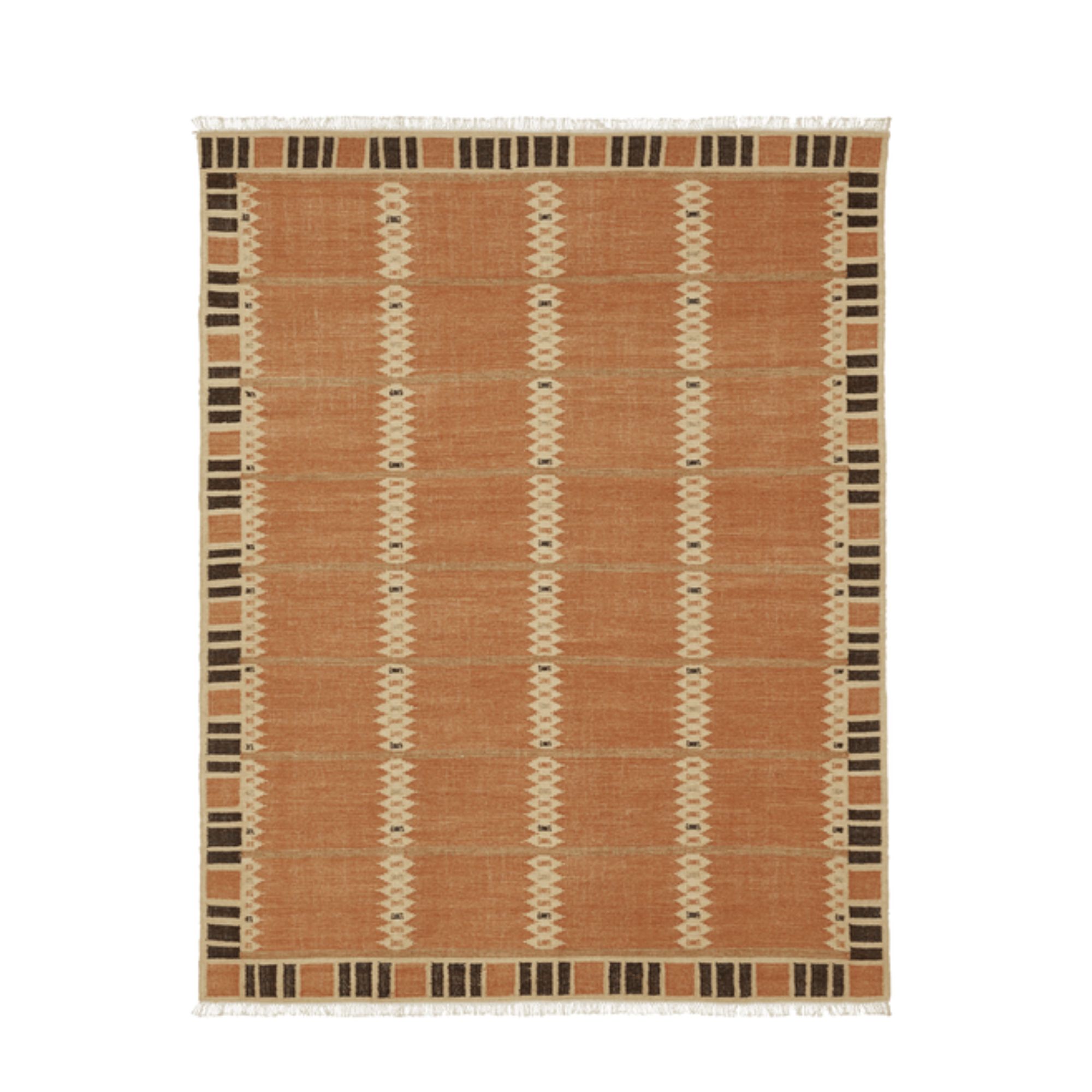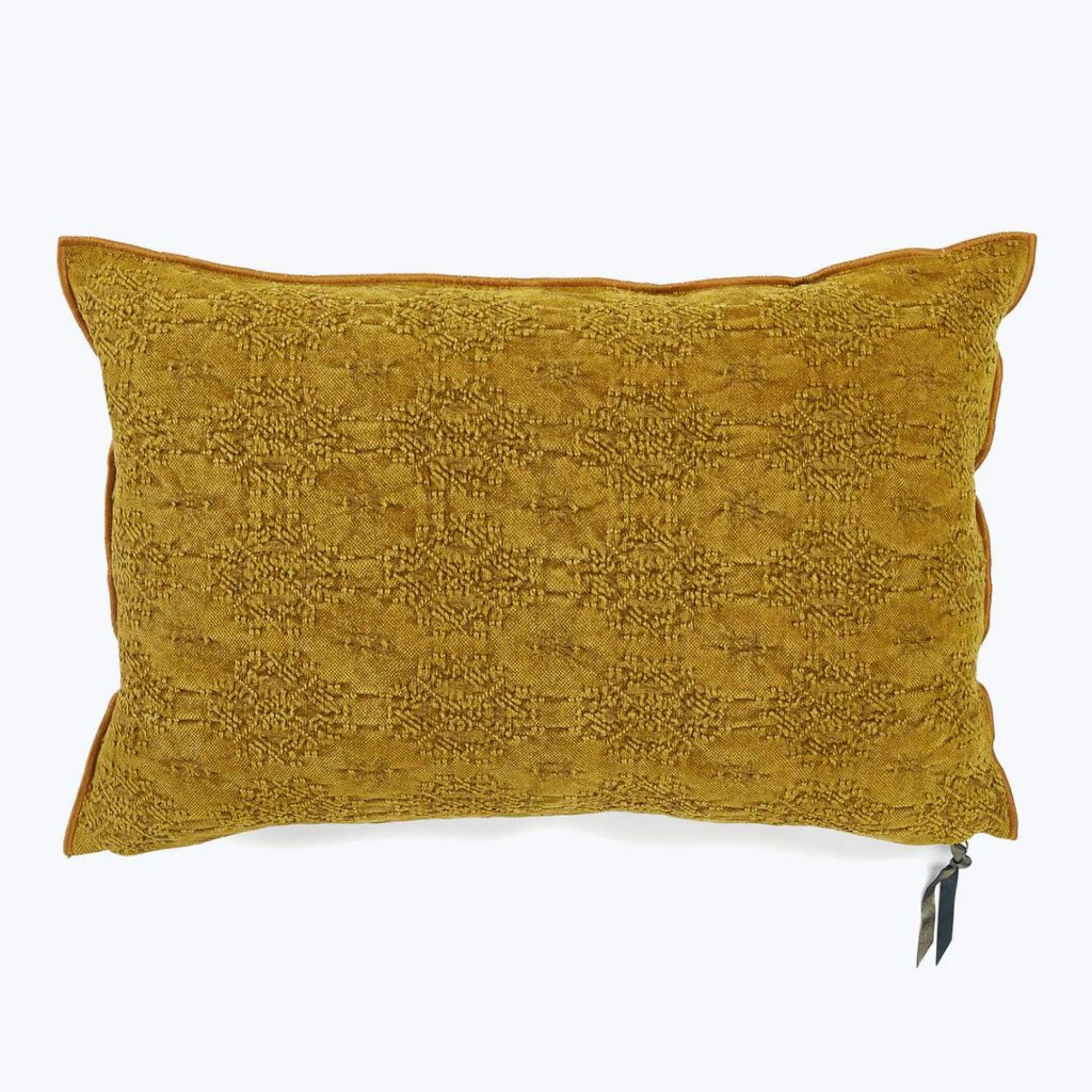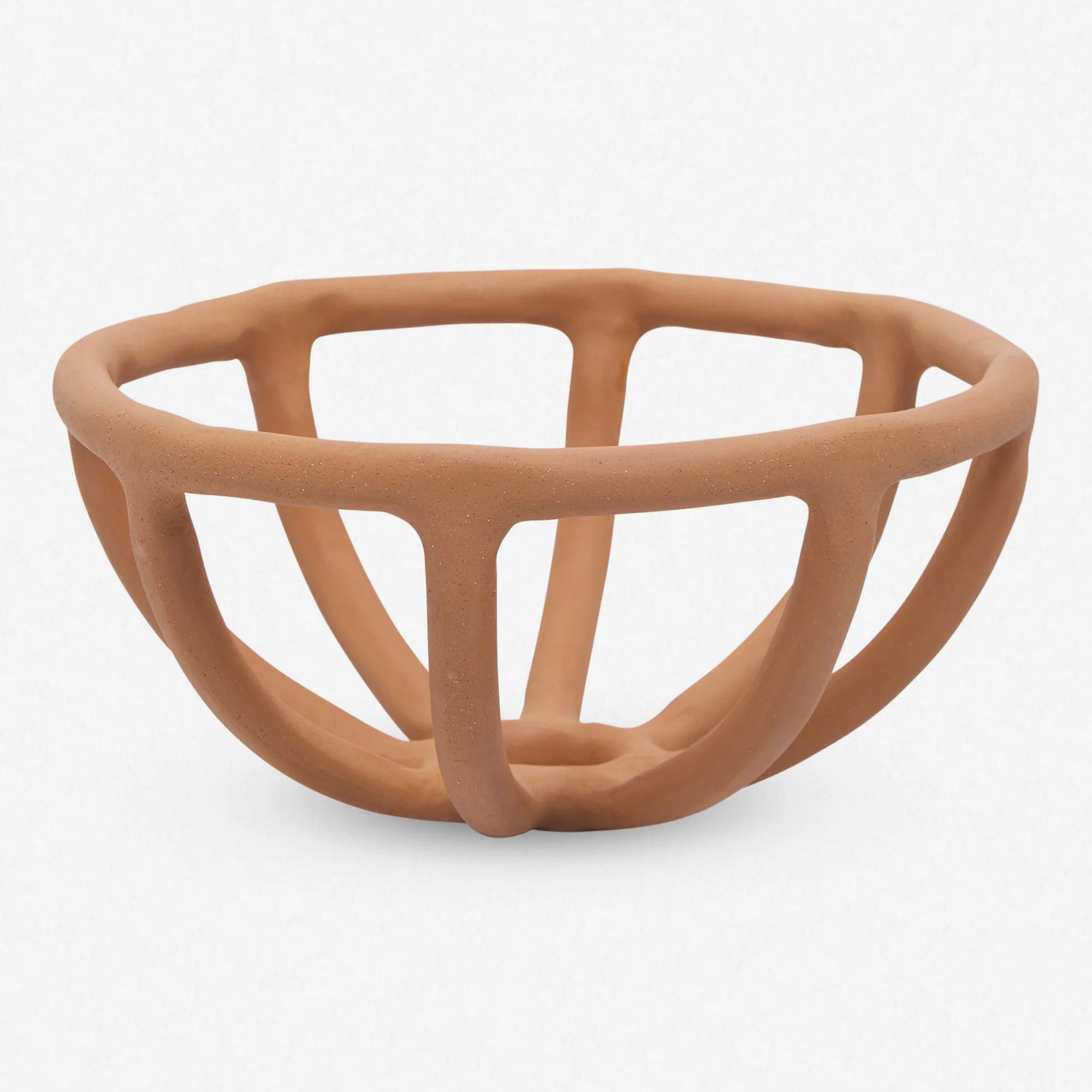What is a modern organic color scheme? 5 palettes to instantly soothe your surroundings
From creamy neutrals to the warmth of ochre, a modern organic color palette is one that stands the test of time
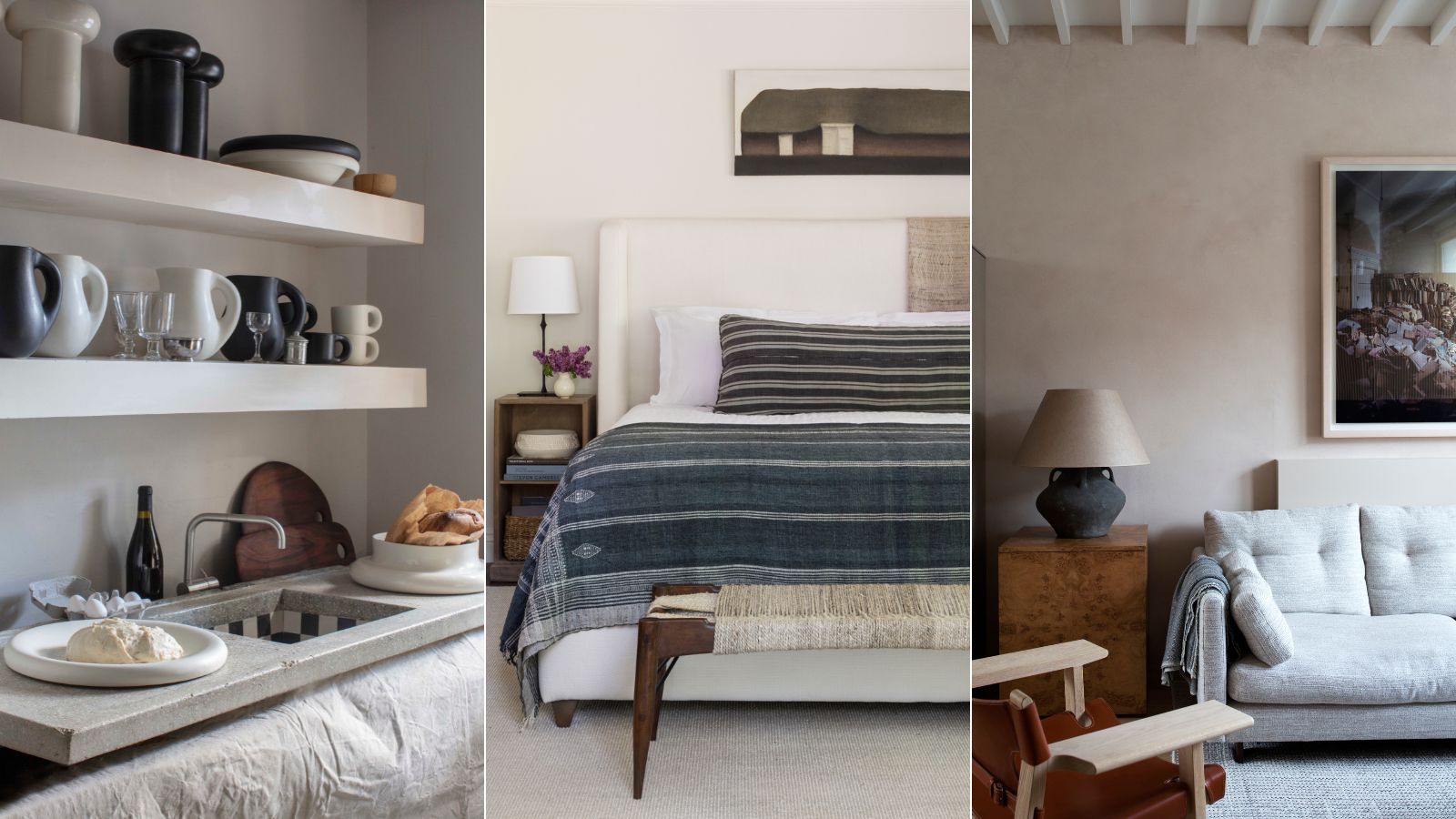

Color holds power. It can impact our mood, emotions, and behavior. And while choosing a color scheme can feel like an overwhelming task (especially if you're considering an entire home) by embracing a neutral-heavy modern organic palette, you're on the right track to creating a space that exudes tranquility.
A soothing combination of two opposing interior design styles, modern organic is classified by clean lines, calming colors, and organic materials that originate from nature such as stone, wood, leather, and fabrics like linen and cotton. Modern organic design thrives on a base of neutrals, allowing other elements to shine.
'Modern organic color schemes that are great for creating a calming and relaxing state,' explains design Linda Hayslett of LH Designs. 'Look to shades that tend to be found in nature, so tans, browns, white, grays, and even black all make for great pairings.'
Here, we explore the key color trends that can help to transform your living spaces into serene sanctuaries – with a little advice from the experts.
How To Bring Home A Modern Organic Color Scheme
With a focus on slow colors taking cream paints and Scandi neutrals to new heights with grounding, soothing tones reminiscent of the earth, a modern organic color scheme is one that prioritizes coziness.
Renowned interior designer Kathy Kuo agrees, saying: 'I find that colors that are rooted in nature make for perfect complements to a modern organic interior design motif. The look feels very connected to the natural beauty of the earth while also still reading as modern and sophisticated,' she explains.
But while neutrals remain timeless favorites here, that doesn't mean it has to feel bland suggests Emily Brown, founder of Emily Lauren Interiors. 'Embrace modern organic colors by exploring hues that read as naturally calming,' she suggests. 'Start with a warm foundation like off-white or beige, then layer in deeper accents for a moody, luxurious atmosphere. Think rich burgundies, chocolate browns, or ochre for instant drama.'
'If earthy colors call to you, start with a muted olive green with subtle grey undertones and balance it with calming putty or mushroom hues. A hint of slate blue will ground the space, while a touch of deep purple-brown will add richness,' she adds. 'Remember, texture plays a key role. Natural materials like linen, wood, stone, and woven elements add interest and depth to your palette.'
Here's what designers have to say about achieving the perfect modern organic color scheme.
1. A base of creamy whites and warm neutrals
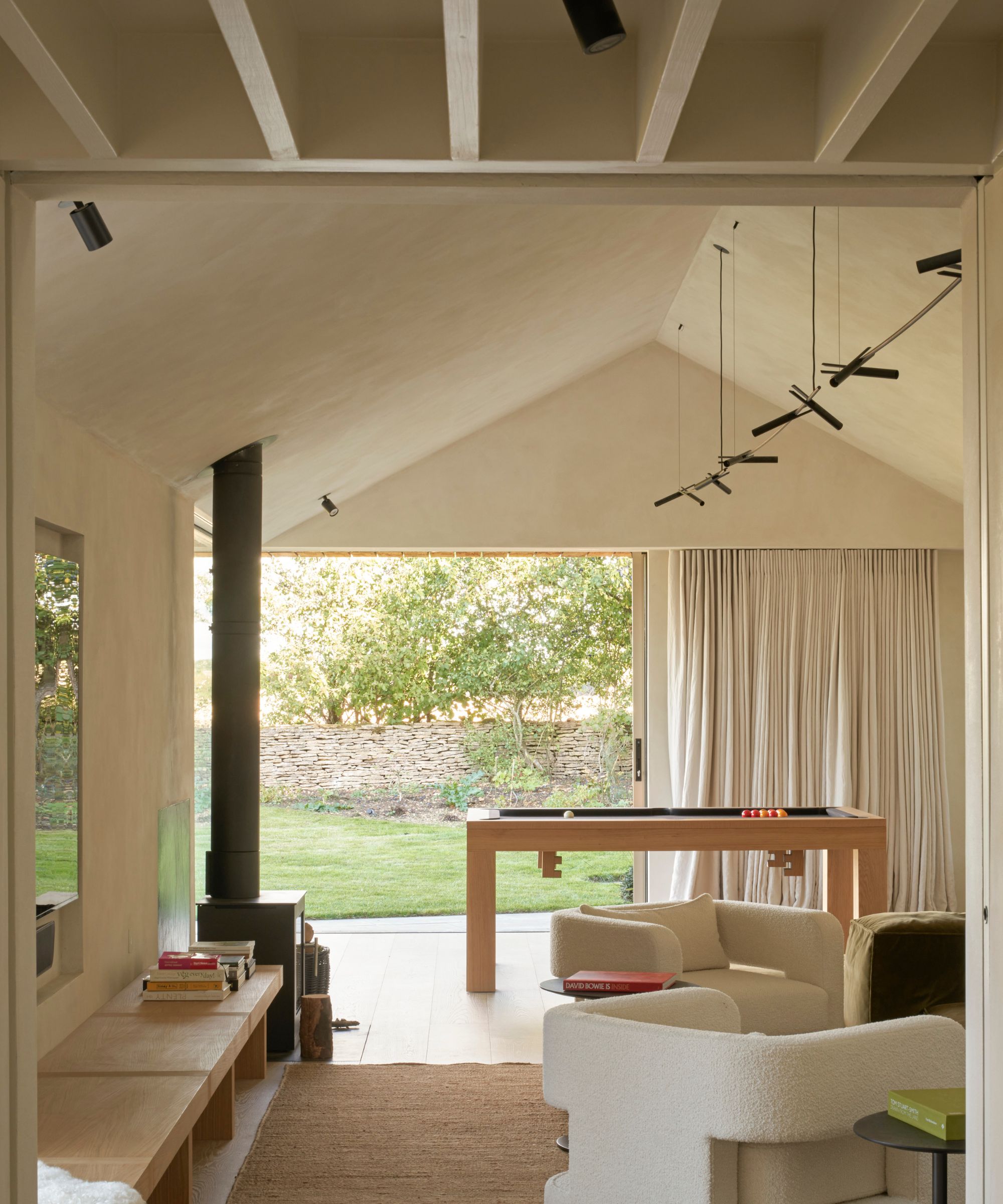
At its core, a modern organic color scheme is made up of decorating with neutrals in varying hues. Serving as a canvas, neutrals offer a backdrop that is both versatile and calming. Starting with a base of creamy off-white will not only bounce light around a space but also provide a sense of openness and invite relaxation.
ERIKA Woelfel, VP of color and creative services at Behr observes that a modern organic color scheme consists of mainly neutrals in beige, white, brown, and black color families.
'Mixing light neutrals creates a layered look while keeping the space feeling airy,' explains Erika. 'A way to create a seamless look is to juxtapose warm shades of beige, white, and brown. A go-to color scheme is Even Better Beige from Behr on the walls, Blank Canvas for cabinetry, and Nutshell as an accent in the room. The use of natural leather, stone, and wooden details helps form the connection to the outside world,' she adds.

Erika Woelfel is the VP of Color and Creative at Behr. She has over 20 years of experience across color consulting, visual merchandising, graphic design and marketing.
2. Warm it up with natural ochre and terracotta
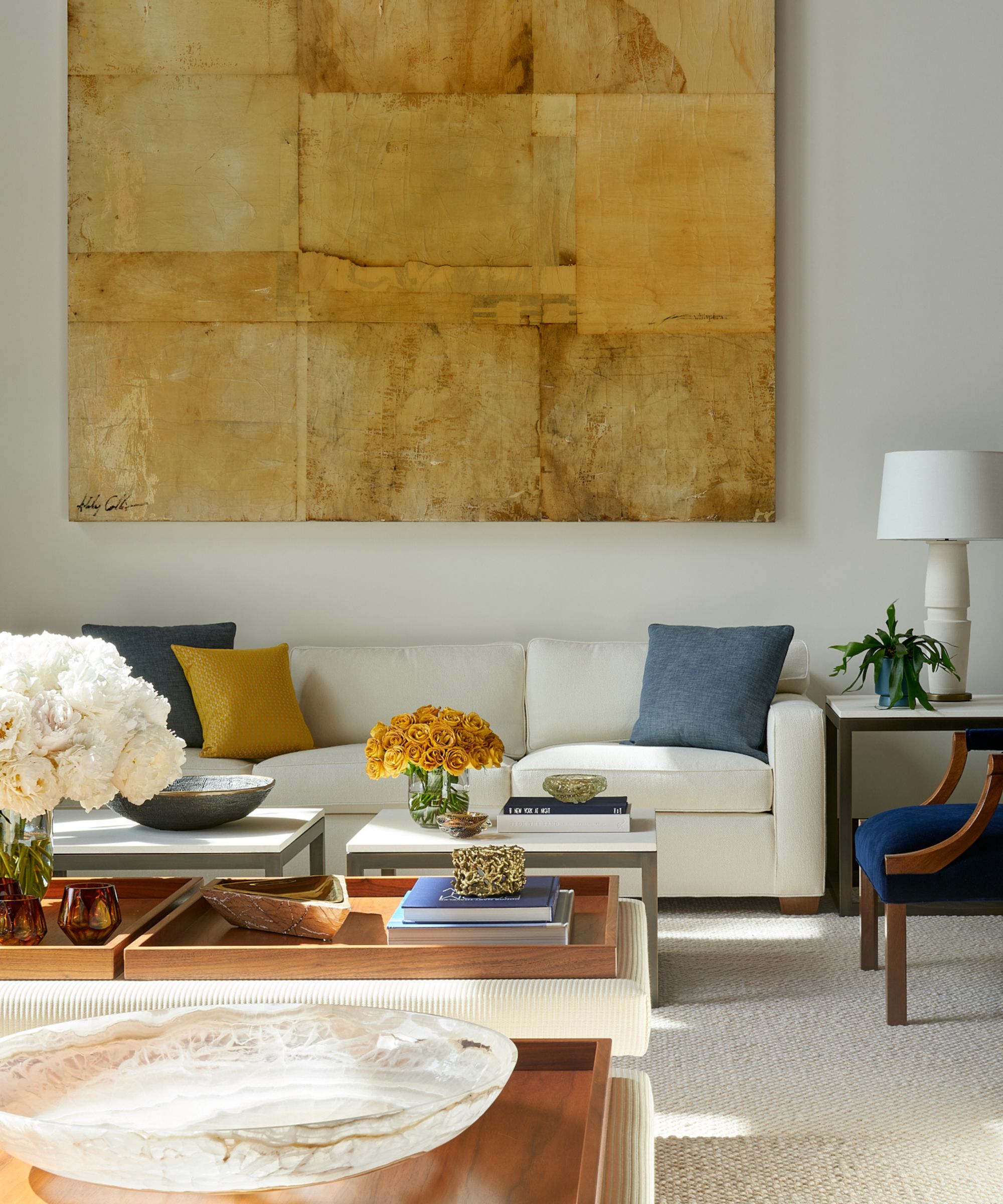
To infuse a touch of earthy warmth, ochre, and terracotta tones play a pivotal role. Ochre, with its golden undertones, will bring a sense of optimism and energy, while terracotta adds a grounded and nurturing element. Introducing these hues through accent pieces can evoke a connection to nature, creating a space that is not only visually appealing but also comforting.
'Reminiscent of the sunlight, warm tones create a sense of coziness, comfort and relaxation,' says designer Kristi Will. 'Natural ochres are particularly soothing and work well when layered with a base of neutrals. Adding a few cooler tones for contrast helps further balance the space,' she advises.
Victoria Holly, founder of Victoria Holly Interiors, agrees saying: 'Combine soft, neutral tones such as creamy whites and warm beiges with earthy accents like sandy browns and soft terracotta.'
'This palette mimics the soothing colors found in nature, promoting a sense of relaxation,' adds Victoria. 'Add natural materials like wood and stone to further enhance the organic feel of the space.'

California-based designer Kristi Will creates inspired spaces that are uniquely personal. By listening closely to her client’s vision for their home, she designs distinctive spaces in perfect harmony with each home’s architecture and surrounding environment.
3. Try soothing and soft blue-green grays
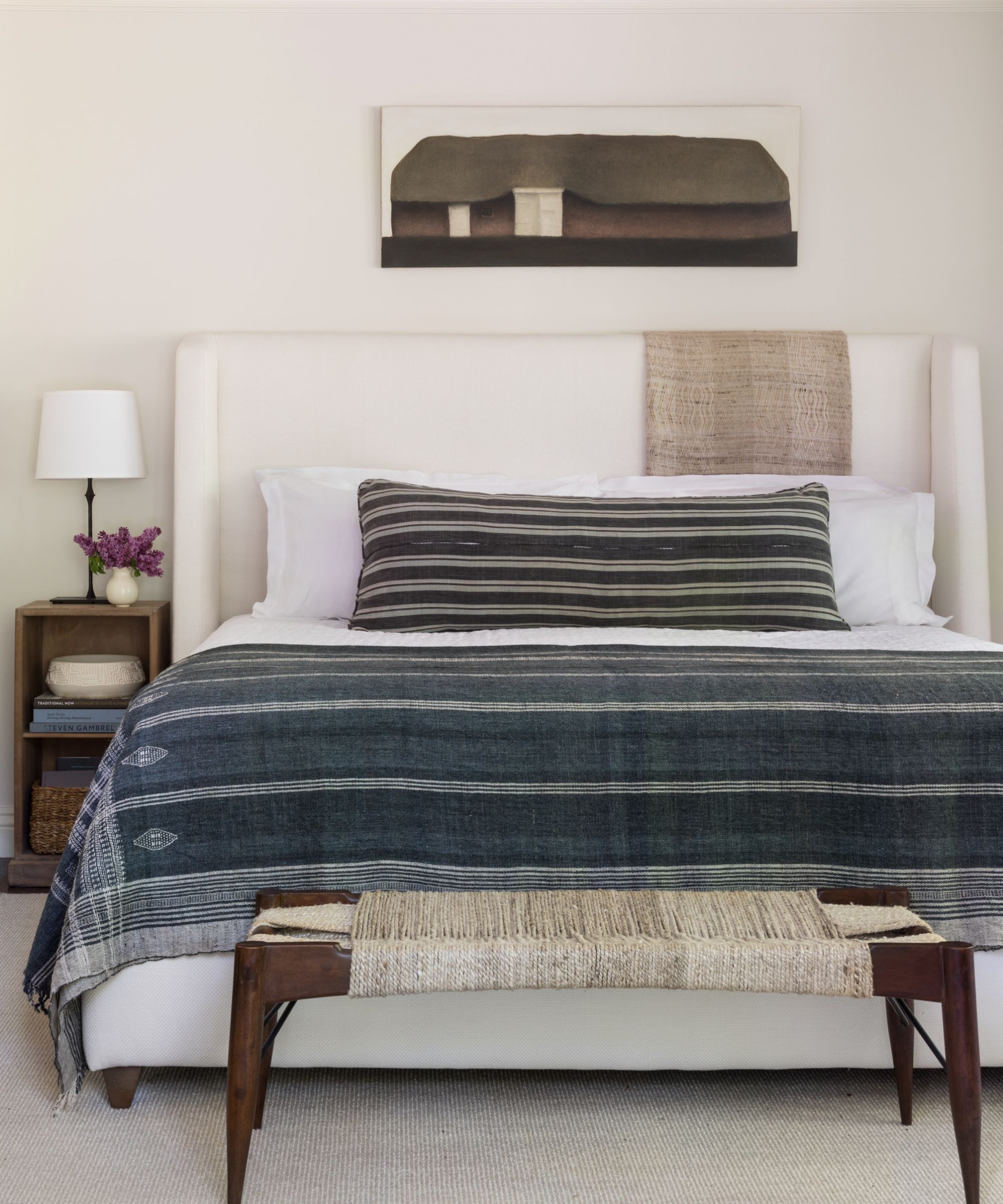
'Relaxing colors don't need to be monochromatic or bland, with a sea of neutrals,' suggests Molly Torres Portnof of DATE Interiors. 'Blues paired with pastels, like lavender and blush tones, are dynamic, interesting, and relaxing.'
For those seeking a cooler, yet calming palette, soothing blue-green grays become the main character. Effortlessly bridging the gap between the contemporary feel of gray and the tranquility of blue and green, incorporating these tones in varying intensities can create a serene atmosphere reminiscent of a coastal getaway.
'Drawing on hues from the natural surroundings such as blue-greens, soft grays, and pale eggplant creates a subtle but sophisticated palette for a distinct sense of welcome and peace,' suggests Lisa O'Neil from Mansfield O'Neil Interior Design. 'Natural materials and comfortable, casual furnishings with clean lines further enhance a room’s soothing organic aesthetic.'
ERIKA Woelfel, agrees. 'A neutral gray balances a bolder blue hue to create a tranquil ambiance and pairs nicely with natural elements like rattan and wood accents.'

Mansfield O’Neil is a creative collaboration between principals Tiffany Mansfield and Lisa O’Neil. Together they bring the spirit of a home to life, designing for the way people live with approachable, comfortable interiors that richly reflect their clients’ individual tastes.
4. Embrace natural earthy muted tones
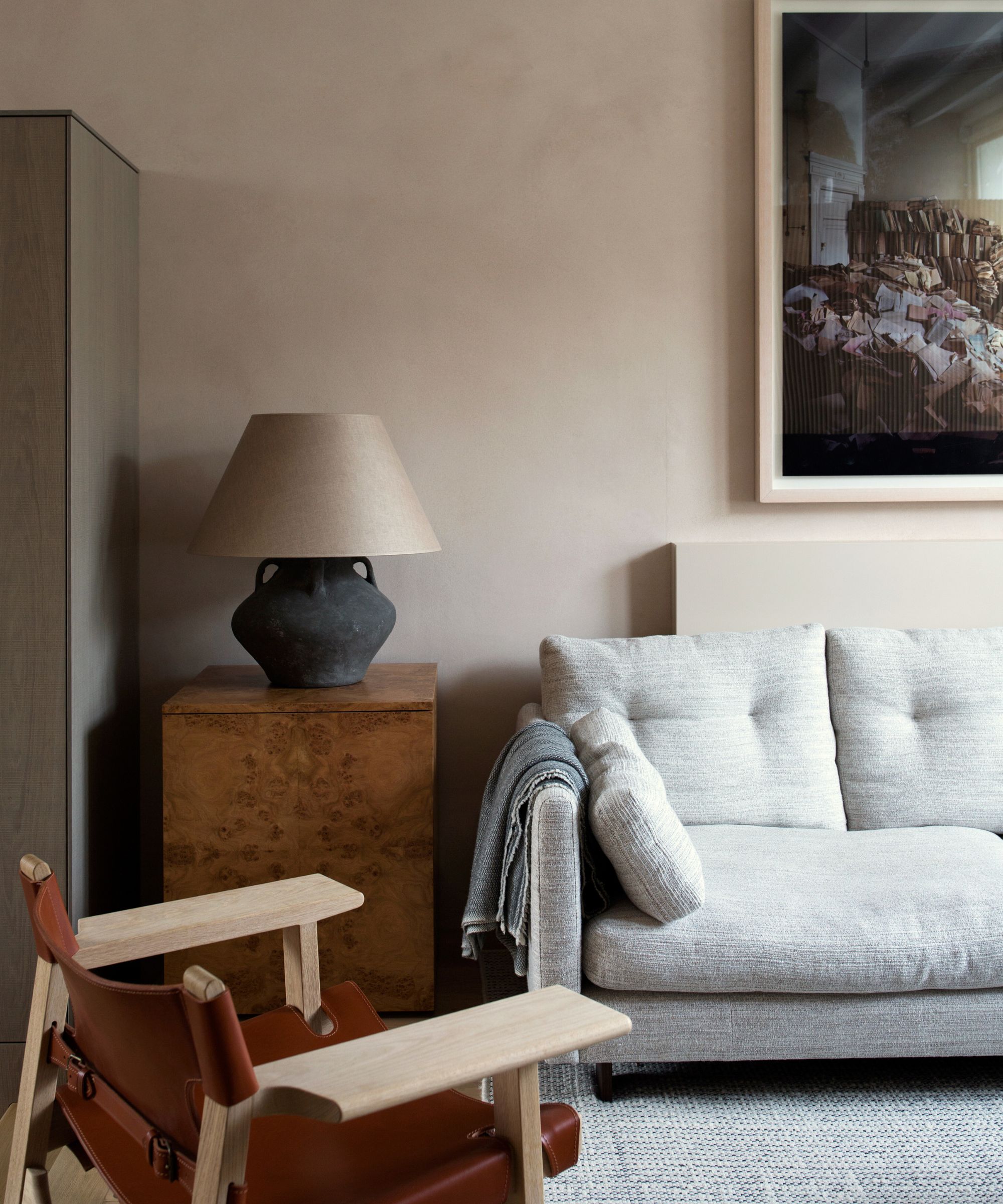
Muted taupes and earthy, ruddy natural tones inspired by landscapes bring a quiet sense of grounding to a room. 'Opt for warm and cozy earth tones such as soft caramel, cinnamon brown, dusty rose, and warm taupe to create a nurturing and inviting atmosphere,' suggests Victoria Holly. 'These colors provide a sense of comfort and security, ideal for promoting relaxation and restful sleep.'
'Muted greens, warm browns, and soft grays offer a contemporary feel whilst also instilling a sense of calm due to their association with the peaceful natural environment,' observes Helen Shaw, director of marketing at Benjamin Moore.
'These shades can be used from ceiling to floor or combined with crisp whites and layered with natural colors and textures in throws, pillows, and fabrics,' Helen advises. 'They are especially suited to spaces with a lot of natural light to create a soft, soothing feel.'
'For us, a modern organic color scheme means using chalky, muted, and earthy tones to help calm a space and bring a sense of tranquility,' agrees Tom Rutt, founder of TR Studios. 'We design with healthy habits in mind, and like to specify the use of low VOC paints and clay on the walls, which is breathable and better for your health.'
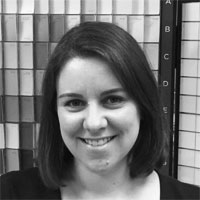
Helen Shaw is a color expert and Director of Marketing (International) at Benjamin Moore. Helen and her husband Craig were also founders of Shaw Paints, acquired by Benjamin Moore in 2020.
5. Accent with black or raw metal finishes
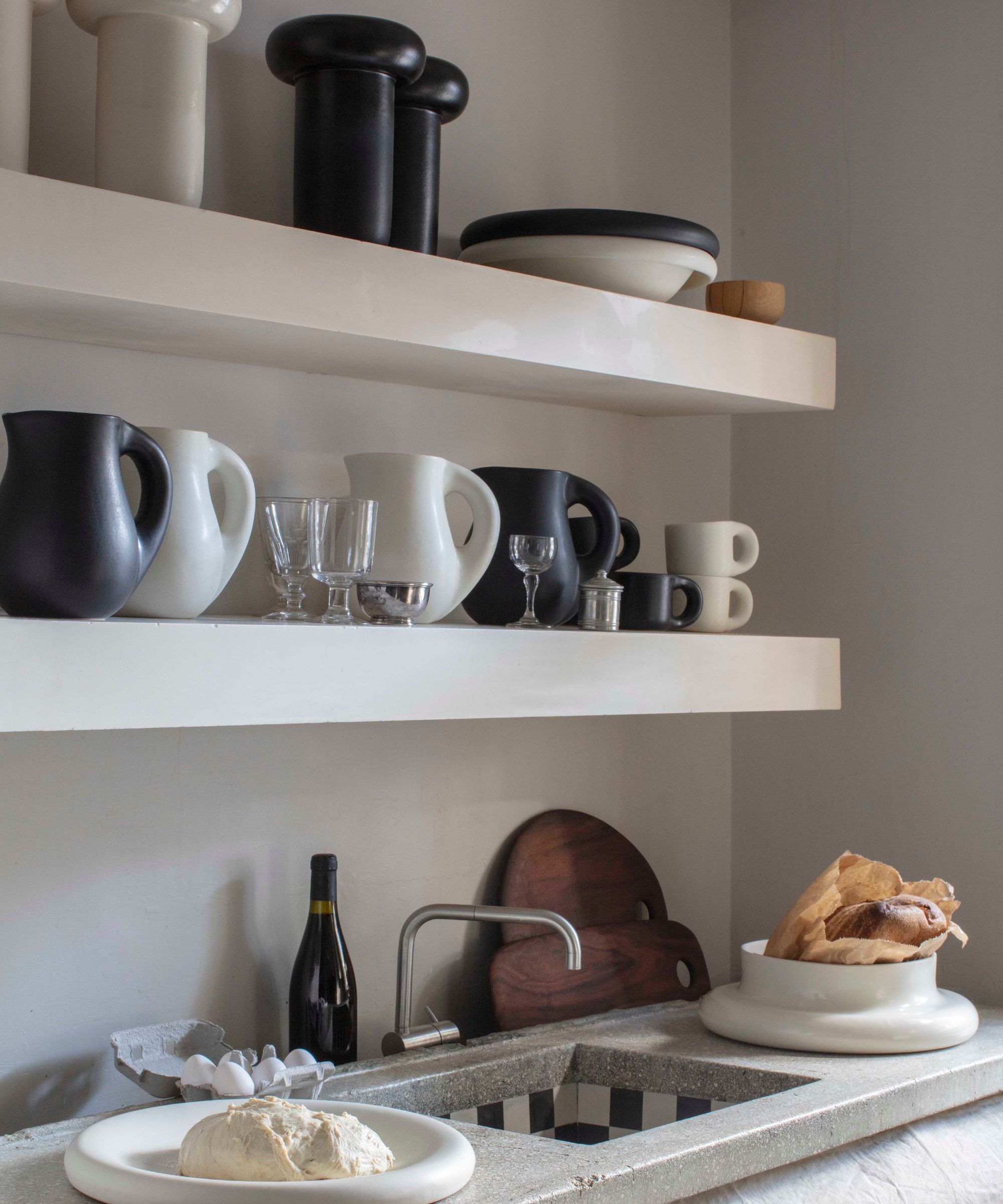
While this is an interior design style founded in casual, comfortable elements and a soft color palette, maintaining clean lines and a smattering of contemporary fixtures helps to bring that modern-meets-organic balance. Don’t be afraid to mix metals, wood tones, and rustic woven materials like rattan to create this style.
Behr's Erika Woelfel recommends adding a soft black Cracked Pepper that can serve as an anchor within a space. 'In combination with lighter neutrals, the darker hue is visually grounding,' she explains. 'Having natural light and indoor plants within the room will allow for a natural, relaxing ambiance.'
To add depth and contrast to the organic palette, try adding black and metal accents such as nickel or raw unlacquered brass in the form of hardware, lighting fixtures, and decor accents.

In modern organic style, the combination of these calming hues not only appeals to the eyes but fosters a sense of connection of the organic world, helping you to feel cocooned and calm. By using warm neutrals with earthy tones and strategic bursts of warmth, you'll be able to create an environment that resonates with both organic and contemporary sensibilities.
Sign up to the Homes & Gardens newsletter
Design expertise in your inbox – from inspiring decorating ideas and beautiful celebrity homes to practical gardening advice and shopping round-ups.

Charlotte is the style and trends editor at Homes and Gardens and has been with the team since Christmas 2023. Following a 5 year career in Fashion, she has worked at many women's glossy magazines including Grazia, Stylist, and Hello!, and as Interiors Editor for British heritage department store Liberty. Her role at H&G fuses her love of style with her passion for interior design, and she is currently undergoing her second home renovation - you can follow her journey over on @olbyhome
-
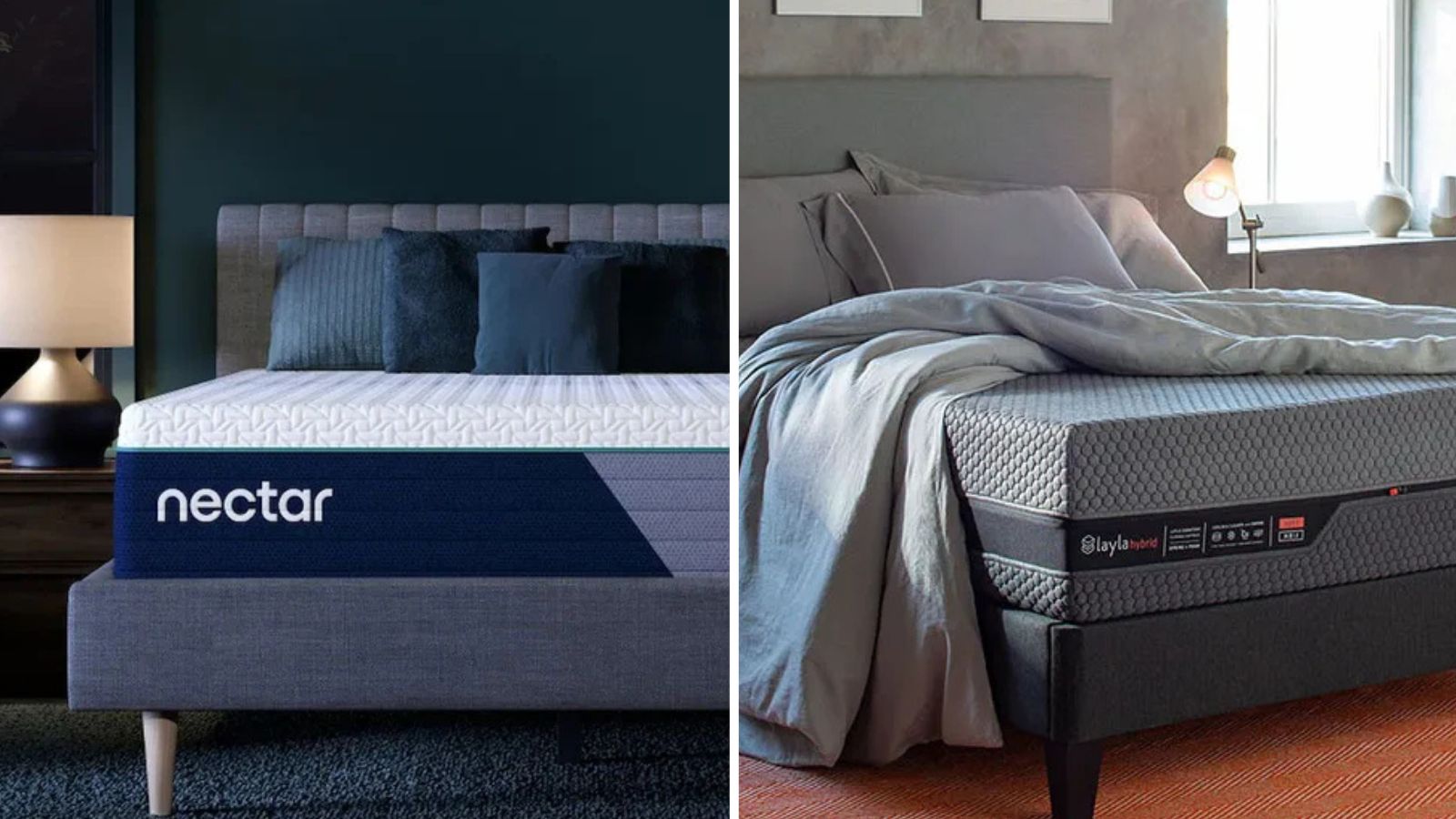 Nectar vs Layla – which mattress brand is best on test?
Nectar vs Layla – which mattress brand is best on test?I've set the Nectar Premier Hybrid Mattress and the Layla Hybrid Mattress head to head to help you work out which mattress meets your needs
By Emilia Hitching Published
-
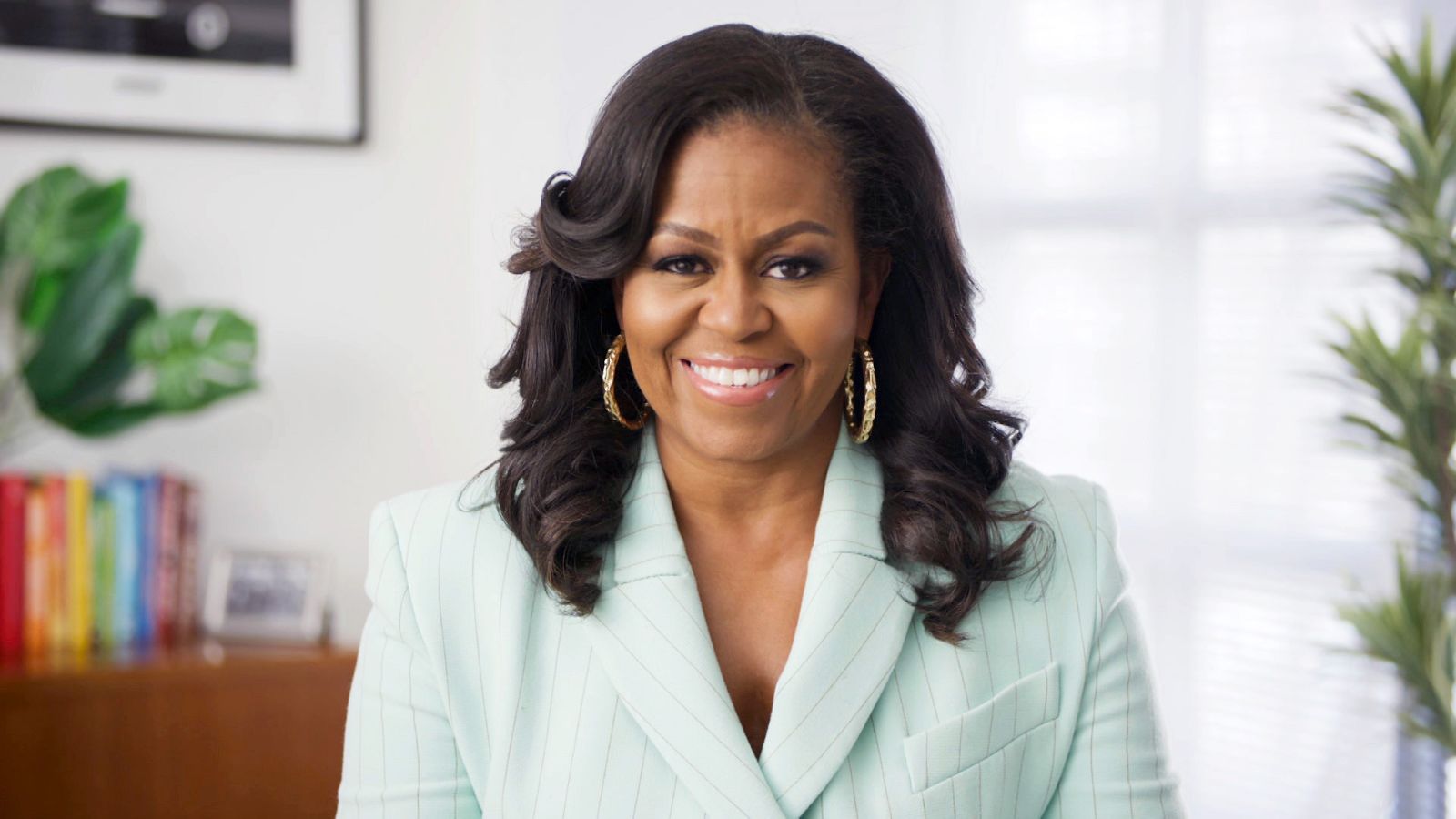 Barack and Michelle Obama's neutral accent chair is the perfect living room focal point – you can recreate their serene style in any-sized home
Barack and Michelle Obama's neutral accent chair is the perfect living room focal point – you can recreate their serene style in any-sized homeThis designer-approved essential fits into every modern living room – it's beautiful enough to stand alone, while pairing well with your favorite cushion
By Megan Slack Published
